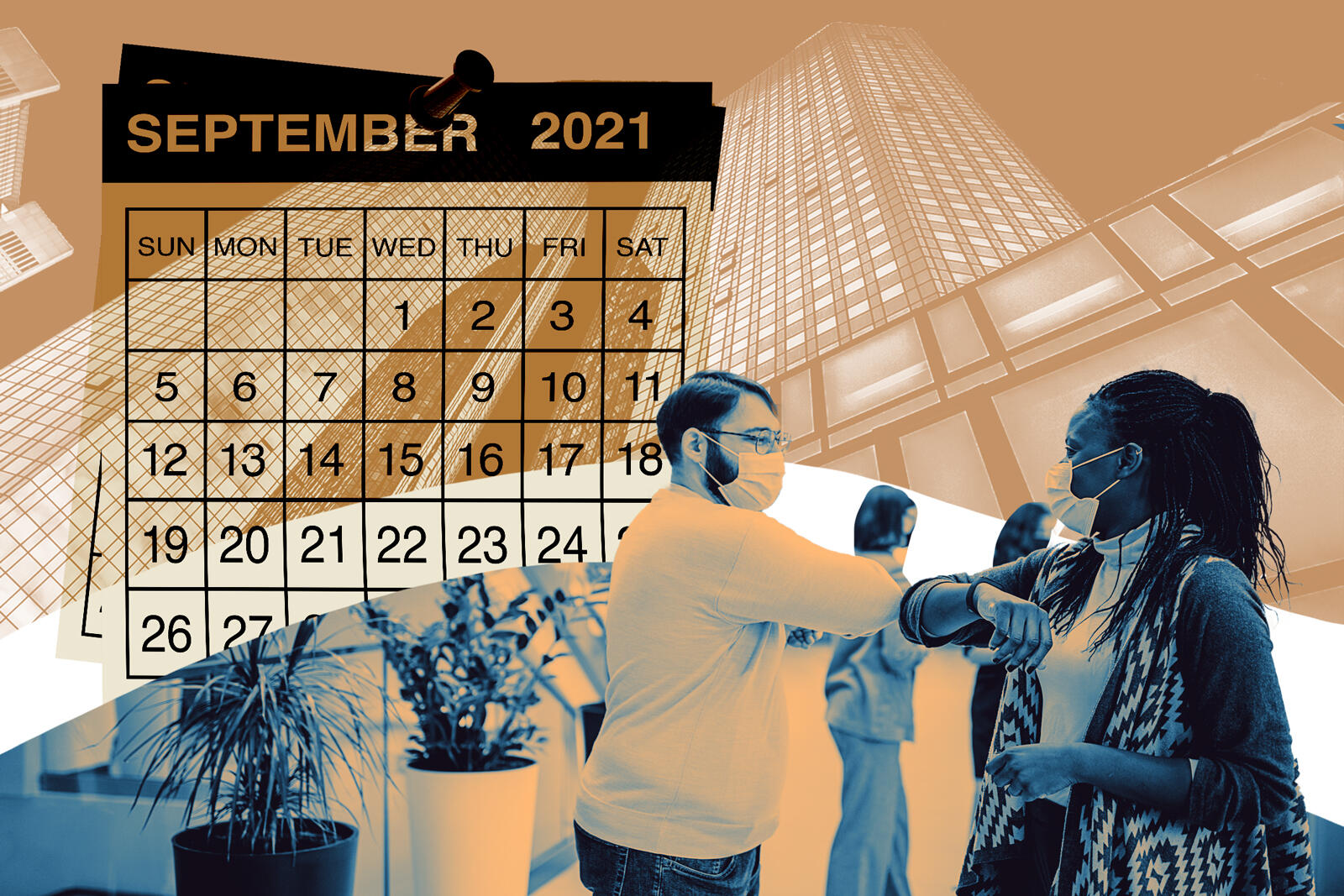 JPMorgan Chase will embrace “flexible” design for 270 Park HQ
JPMorgan Chase will embrace “flexible” design for 270 Park HQ
Trending
Tech workers plan to head back to offices by Q3
Savills survey finds flexibility, less office space priorities for tech companies

By September, a slew of workers may be finally returning to their offices.
That’s according to a new report by Savills, which surveyed more than 120 tech companies in March about their future office plans. More than 50 percent said they expect to be back in the office by the third quarter of this year. Twenty-four percent said they would be back by the fourth quarter, while just 11 percent said they wouldn’t return until the first quarter of 2022.
“About six months ago, no one was ready to make any decisions whatsoever, because they had no idea when they would come back to the office or what that would look like,” said Savills’ senior director Peyton Johnson. She noted that as more Americans get the Covid-19 vaccine, companies are starting to get clarity around their future office plans.
Until recently, office occupancy varied greatly by regions. Large metros where people rely on public transit lagged behind the cities where people drive to work.
Offices in New York City and San Francisco, for example, have largely remained empty. As of last week, 15.4 percent of workers returned to work in New York City and 14.2 percent in San Francisco. That’s compared to Dallas, where 41 percent of workers returned to offices, according to Kastle Systems, which aggregates data from its swipe-card access systems.
Read more
 JPMorgan Chase will embrace “flexible” design for 270 Park HQ
JPMorgan Chase will embrace “flexible” design for 270 Park HQ
 Nearly 70% of CEOs expect to downsize offices: KPMG
Nearly 70% of CEOs expect to downsize offices: KPMG
 Office landlords, beware: More of corporate America is looking to reduce space
Office landlords, beware: More of corporate America is looking to reduce space
But in recent months, more New York-based companies started to make future plans, said Zev Holzman, a Savills broker who often works with tech tenants.
“I think companies are much closer to understanding what their future needs are,” Holzman said.
One of those needs is work flexibility, according to the survey: 95 percent said flexible work arrangements and more remote working will be normalized.
More specifically, 58 percent of respondents said their employees would be in the office at least three days a week, while 18 percent said their employees would be in the office at least two days a week. Only 4 percent said they expect their employees to be in the office five days a week.
But a majority of companies — 61 percent — are still trying to figure out what workers’ flexible schedules might look like.
The shift to working from home has also changed how companies think of full-time remote workers: 72 percent said they are now open to recruiting talent who will be remote workers, while 20 percent said they plan to continue to recruit employees only in the areas where they have offices.
A flexible work arrangement, coupled with a continued need for social distancing, is likely to convince many companies to move away from the traditional assigned seating model; 59 percent said that is now less important. On the other hand, 67 percent said a “hoteling” model, in which employees reserve their desks in advance, will be more important as they design future offices.
Fewer people working in the office could also mean smaller offices: 47 percent said they would need less space. But future office sizes could also be affected by added emphasis on collaboration spaces, whether they are conference rooms or informal breakout areas.
“Company culture is really hard to foster and develop remotely,” Johnson said. Tech companies are so competitive for talent and rely on culture to help retain talent and attract talent. A decrease in seats per employee doesn’t necessarily correlate to a similar decrease in office space.”




